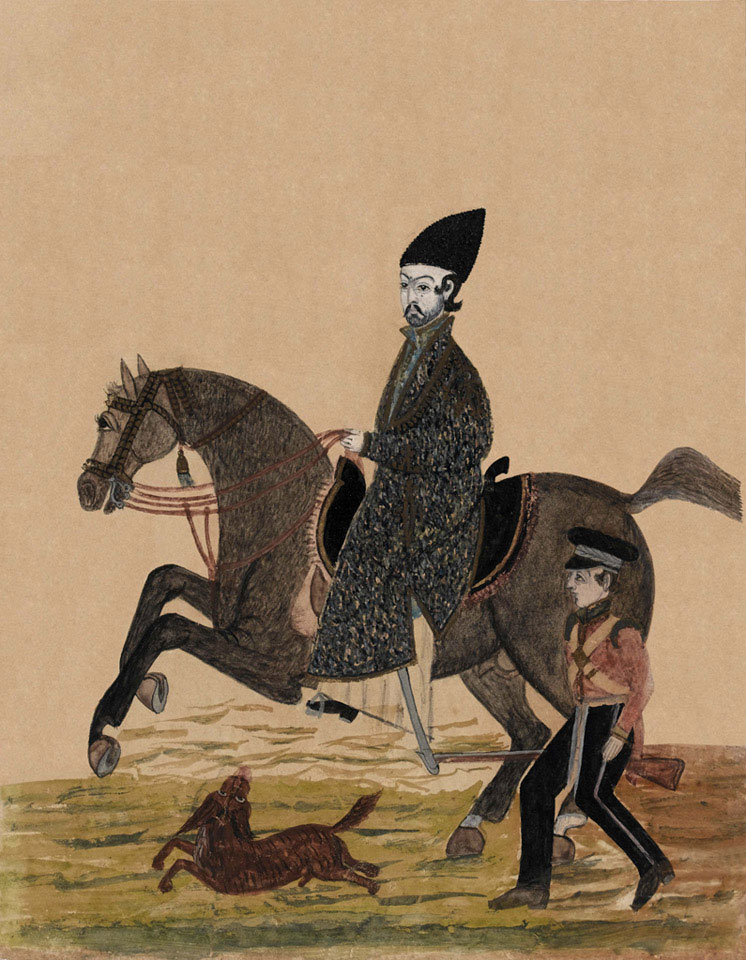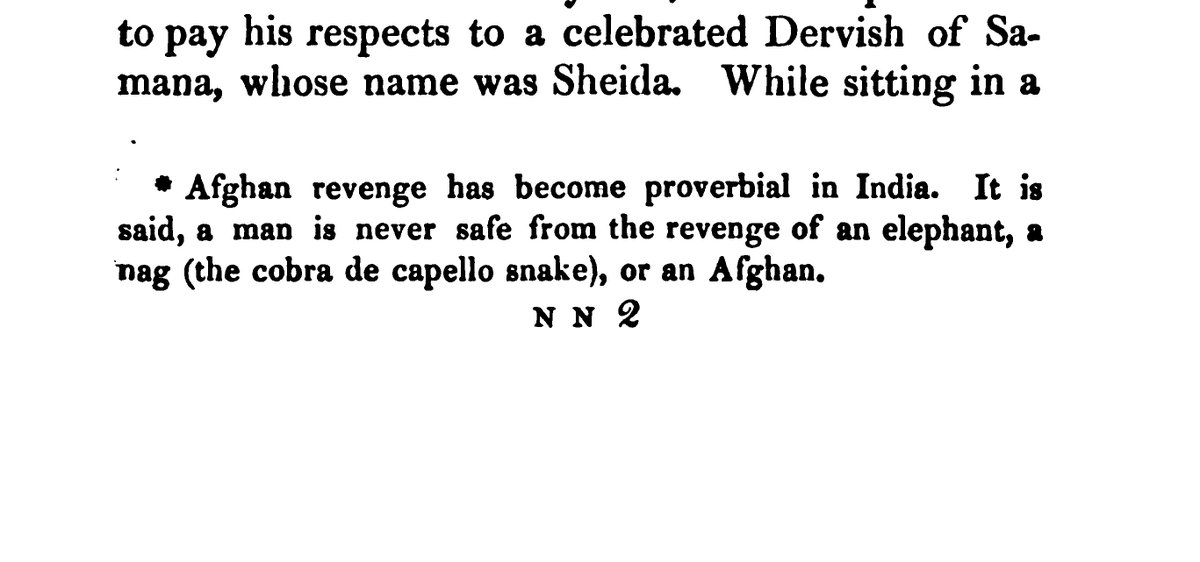
Shaikh Jamaluddin Kasi was a 16th century Pashtun saint of Chishti order. A member of the Pashtun tribe of Kasi, he enjoyed considerable respect from his own as well as other Pashtun tribes. In his early life he held a high post in the government under Sher Shah Sur. After the 

downfall of the Pashtuns in India and restoration of Mughals to the throne, Jalaluddin Kasi renounced the world and moved to Unnao (UP, India) where he joined the khanqah of Shah Mahmud Chishti. Later he went to the tomb of Shaikh Badrud-Din of Badaun where he
constantly recited Quran and cared for the tomb. In short time he was surrounded by a large number of people.
Shaikh Jalaluddin Kasi developed the habit of mediating and reciting the Quran until midnight at the tomb of Shaikh Badruddin some distance from the town. These
Shaikh Jalaluddin Kasi developed the habit of mediating and reciting the Quran until midnight at the tomb of Shaikh Badruddin some distance from the town. These
nocturnal habits severely hampered local thieves who operated around this area. They murdered Shaikh Jalaluddin In 1604 AD.
Source: Biographical Encyclopaedia of Sufis: South Asia By N. Hanif, p-175
Source: Biographical Encyclopaedia of Sufis: South Asia By N. Hanif, p-175
• • •
Missing some Tweet in this thread? You can try to
force a refresh









